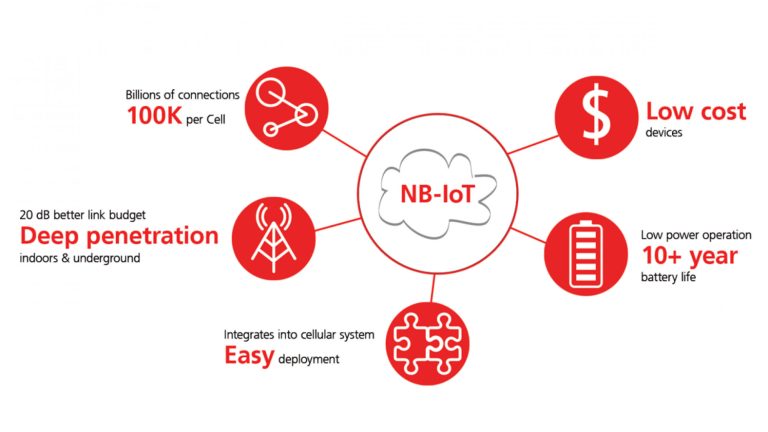UTDOA Explained: How Uplink Time Difference of Arrival Works
telcomatraining.com – In the realm of wireless communication and positioning technologies, the Uplink Time Difference of Arrival (UTDOA) method plays a crucial role in determining the location of a device. UTDOA is widely used in cellular networks, particularly for emergency services, asset tracking, and various IoT applications. This article delves into the mechanics of UTDOA, its advantages, and how it compares to other positioning technologies.
What is UTDOA?
UTDOA is a geolocation technique that determines the position of a mobile device by measuring the time difference of uplink signal arrivals at multiple base stations. Unlike GPS, which relies on satellite signals received by the device, UTDOA works by having the device transmit signals that are captured by a network of base stations. By analyzing the time differences in these signal arrivals, the system can triangulate the device’s position with high accuracy.
How Does UTDOA Work?
- Signal Transmission: The mobile device transmits an uplink signal that is received by multiple base stations.
- Time Difference Measurement: Each base station records the exact time the signal arrives.
- Triangulation: The system calculates the time differences between signal receptions at different base stations.
- Position Calculation: Using multilateration techniques, the system determines the device’s location based on known base station positions and measured time differences.
The precision of UTDOA largely depends on the synchronization of base stations and the accuracy of time measurements.
Advantages of UTDOA
- High Accuracy: UTDOA provides highly accurate location tracking, often within a few meters, making it suitable for critical applications like emergency response services (E911).
- No Dependency on GPS: Unlike GPS, which requires an unobstructed view of satellites, UTDOA functions well even in urban canyons or indoor environments.
- Efficient Power Consumption: Since the device only needs to transmit a standard uplink signal without additional processing, it conserves battery power compared to GPS-based tracking.
- Network-Based Solution: The geolocation process is handled by the network infrastructure, reducing computational load on the device.
UTDOA vs. Other Positioning Methods
| Feature | UTDOA | GPS | Wi-Fi Positioning |
|---|---|---|---|
| Accuracy | High (meters) | High (meters) | Moderate |
| Indoor Performance | Good | Poor | Excellent |
| Battery Consumption | Low | High | Moderate |
| Infrastructure Requirement | Base stations | Satellites | Wi-Fi Access Points |
While GPS remains the gold standard for outdoor navigation, UTDOA excels in scenarios where GPS signals are weak or unavailable, such as in high-rise buildings or underground environments.
Applications of UTDOA
- Emergency Services: UTDOA is widely used for E911 services to pinpoint the location of a caller in distress.
- Asset Tracking: Businesses use UTDOA to monitor the movement of valuable assets, ensuring real-time visibility.
- Fleet Management: Logistics companies leverage UTDOA to track vehicles and optimize routes efficiently.
- IoT and Smart Cities: UTDOA enhances IoT applications by providing accurate device location information for smart city solutions, such as traffic monitoring and environmental sensing.
Challenges and Limitations
Despite its advantages, UTDOA has some limitations:
- Infrastructure Dependency: UTDOA requires a dense network of synchronized base stations, making it less feasible in rural areas.
- Signal Interference: Urban environments with high interference can impact accuracy.
- Privacy Concerns: As a network-based tracking method, UTDOA raises privacy concerns regarding user location data.
Future of UTDOA
With advancements in 5G and edge computing, UTDOA is expected to become even more precise and widely adopted. As networks improve synchronization and latency reduction, the accuracy of UTDOA-based positioning will reach new heights, making it a vital component in next-generation location-based services.
Conclusion
UTDOA is a powerful and reliable positioning method that provides accurate location tracking without relying on GPS. Its advantages, including high accuracy, low power consumption, and strong indoor performance, make it an essential tool for emergency services, asset tracking, and IoT applications. As technology continues to evolve, UTDOA will likely play an even more critical role in future geolocation solutions.






